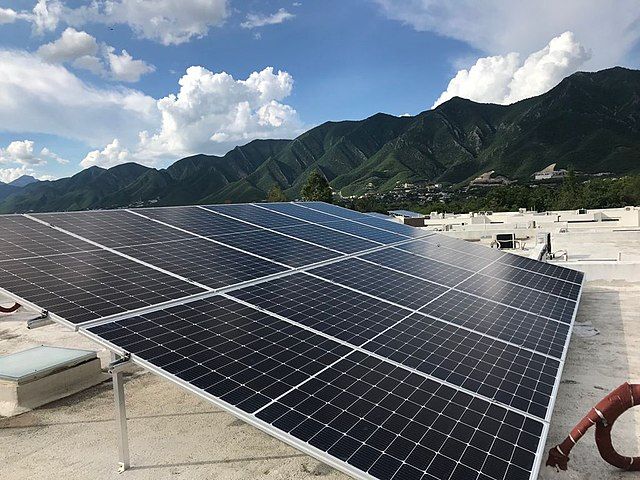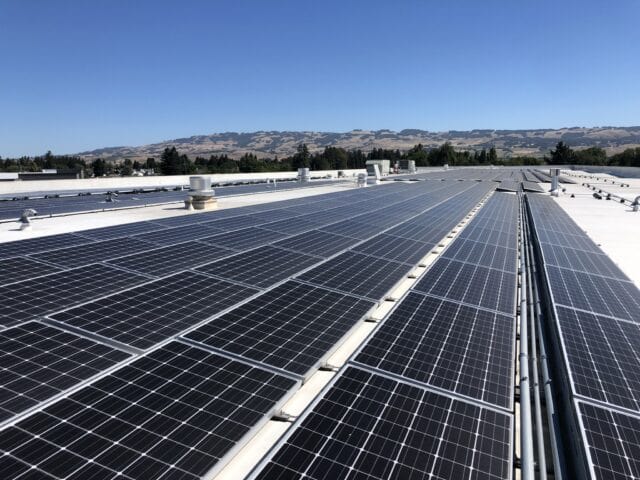
With power prices climbing as well as no indication of the rate of boost slowing, energy performance has never been more important. Back in October 2008, it came to be legislation to have a Power Performance Certification (EPC) for any kind of residential property being marketed in the UK. The certification provides ‘A’ to ‘G’ ratings for the building, with ‘A’ being the most power efficient and ‘G’ being the least, with the typical residential or commercial property up to now being in a band ‘D’.
The certifications are produced with a record that suggests renovations to make the residential or commercial property extra effective. Frequently for the houses at the band D level, among the improvements advised is the installment of installing dental caries wall surface insulation. This and incentives such as the Federal government gives have actually brought about a surge in individuals mounting cavity wall surface insulation (CWI) to their houses.
Increasing the shielding residential or commercial properties of your wall surface will lower the quantity of warmth you shed via the structure envelope and for that reason save money on power expenses and lower general CO2 exhausts. Nonetheless, in many cases installing CWI includes a couple of negative effects which are not well publicized.
1. Penetrating Moisture – The cavity wall building was initially presented to prevent wind-driven rainfall from penetrating the within surfaces. By loading dental caries with insulation, specifically in areas where wind-driven rainfall is common, there is always going to be a high risk that moisture will discover its way to the surface areas.
2. Condensation Leading to Black Mould – really often dental caries wall surface insulation has actually been mounted less than completely and also because of this there are locations with unfilled air pockets. These will certainly create cold spots on the inner walls which boost the threat of condensation and also the formation of black mold.
3. Increased Power Expenses – Actually, by setting up tooth cavity wall surface insulation, there is the danger that if wetness is permitted to go into the cavity it will certainly be caught within the insulation, substantially reducing its insulating properties and also consequently raising the amount of warm loss from the residential or commercial property.

The expense of correcting the problems discussed can be extremely costly, not to mention the psychological effects it can have when your residence has actually been damaged this way. Visit IMCGrupo where you will find lots of great information about energy prices.
There are obviously great energy-conserving advantages to mounting CWI. The main concern is therefore the lack of quality control regarding its setup. As it is not feasible to see right into the tooth cavity, it is difficult to completely ensure there are no air pockets and areas influenced by dampness access. The only means the homeowner is able to examine the high quality of the job is to monitor the power bills as well as the condition of the wall surfaces. If there are troubles related to the installment, by the time it is identified, much of the damage to the home has been done, bringing about expensive therapeutic works.
Thermography is most certainly missing out on web links in this whole procedure. A thermal imaging assessment of a property following the installation of CWI will really conveniently identify locations where the insulation is missing out together with recognizing any type of dampness access. The procedure is non-intrusive and non-destructive. It offers a really quick evaluation of the top quality of the setup together with giving clear info on specifically where to guide any restorative works.
Until the Government and/or the CWI Installation firms take the obligation for making certain the high quality of these installations, it will certainly be to the property owner to either take the risk as well as not do anything or compensation a thermal imaging study of the building and test the installers to correct any kind of anomalies that are identified. Expert thermal imaging surveys of residential properties can be finished from around ₤ 120 relying on the kind as well as the detail of the report called for.
